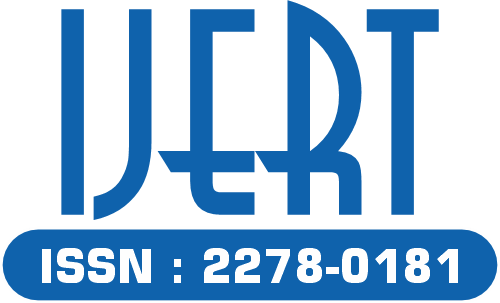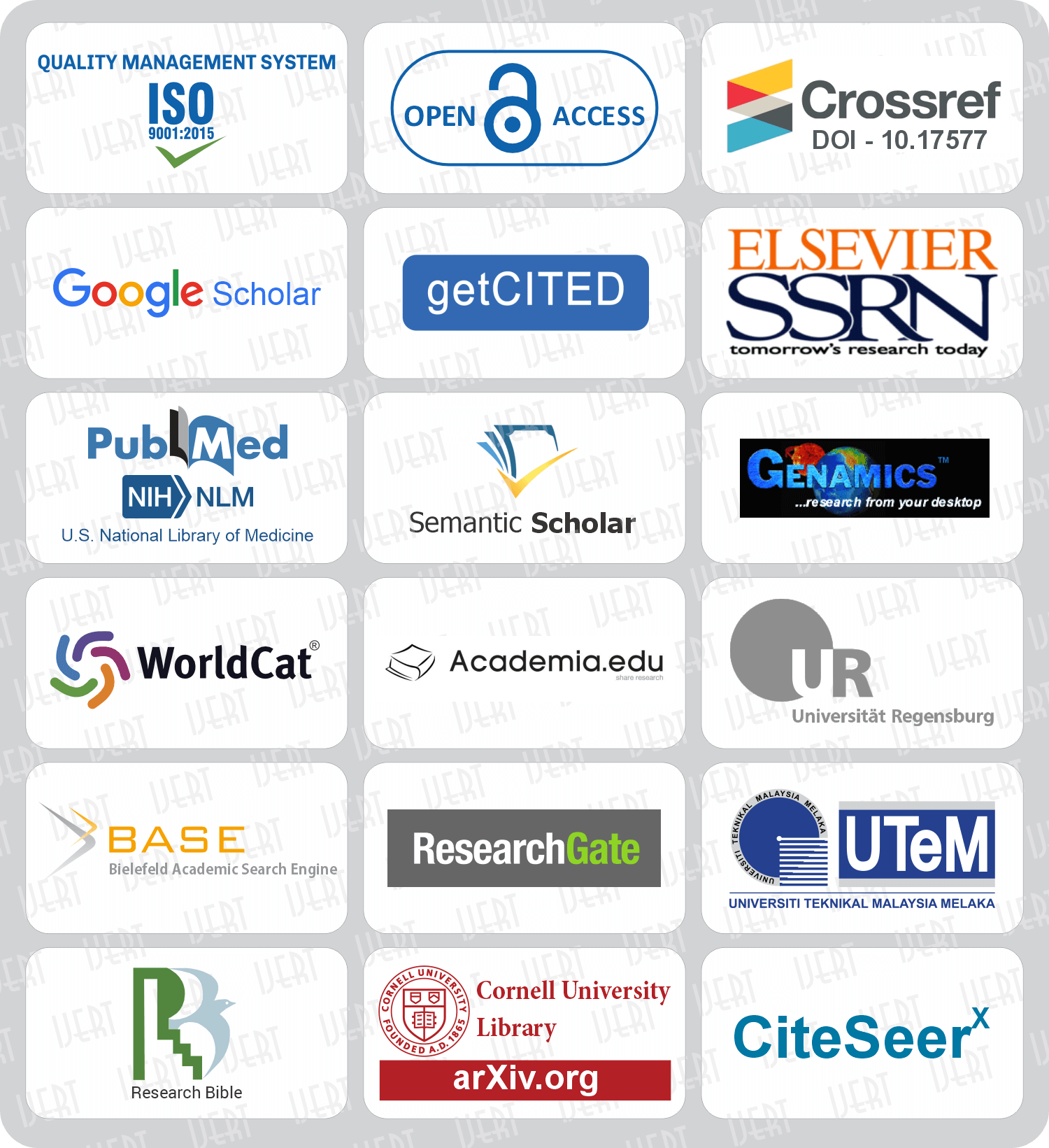 DOI : 10.17577/IJERTV14IS050061
DOI : 10.17577/IJERTV14IS050061

- Open Access

- Authors : Prof. Y. D. Nagvekar, Ahire Sayali Kamlakar, Anisha Priya
- Paper ID : IJERTV14IS050061
- Volume & Issue : Volume 14, Issue 05 (May 2025)
- Published (First Online): 12-05-2025
- ISSN (Online) : 2278-0181
- Publisher Name : IJERT
- License:
 This work is licensed under a Creative Commons Attribution 4.0 International License
This work is licensed under a Creative Commons Attribution 4.0 International License
Review Paper on DTI Project – Period Palette
A colorful space to explore and educate
Prof. Y. D. Nagvekar
HoD,
Dept. Of First Year Engineering
Dr. D Y Patil College of Engineering and Innovati Varale, Talegaon, 410507, Pune
Anisha Priya,
Student of First Year of Engineering
Dr. D Y Patil College of Engineering and Innovation Varale, Talegaon, 410507, Pune
Ahire Sayali Kamlakar,
Student of First Year of Engineering
r. D Y Patil College of Engineering and Innovation Varale, Talegaon, 410507, Pune
Abstract The DTI project titled PERIOD PALETTE-A colorful space to explore and educate presents the development of a comprehensive website dedicated to menstrual health and awareness, aiming to educate, support, and empower individuals who menstruate. The platform provides accurate, accessible information about the menstrual cycle, hygiene practices, common disorders, and available treatments. In addition to educational content, the website features interactive tools such as cycle tracking, FAQs, expert Q&A, and community forums to foster open dialogue and reduce stigma around menstruation. Designed with inclusivity and user accessibility in mind, the site targets users of diverse backgrounds, including adolescents, educators, and healthcare providers. By leveraging technology and health literacy, the website aspires to promote menstrual equity and break the silence surrounding this essential aspect of reproductive health.
The platform also incorporates mobile-friendly design to reach underserved and remote communities. Future updates will include collaborations with healthcare professionals and NGOs to enhance outreach and real-world impact.
-
INTRODUCTION
Menstrual health is a fundamental aspect of overall well-being, yet it remains a topic surrounded by stigma, misinformation, and neglect in many parts of the world. Millions of individuals, particularly in developing regions, lack access to basic menstrual education and hygiene resources, leading to adverse physical, emotional, and social consequences. This website is developed to address these challenges by creating a safe, informative, and inclusive digital space that promotes menstrual awareness and breaks cultural taboos.
The platform aims to provide scientifically accurate, age- appropriate, and culturally sensitive content on topics such as the menstrual cycle, hygiene practices, menstrual disorders, and mental health. In addition, it includes user-friendly features like period tracking, expert advice, and community interaction to engage users and encourage open conversations. By leveraging the accessibility and reach of the internet, the website aspires to bridge the knowledge gap, empower menstruators, and support menstrual equity and dignity for all.
-
OBJECTIVE
The primary objective of this project is to design and develop an interactive and informative website that promotes menstrual health and awareness among individuals of all ages and backgrounds. The website aims to:
-
Educate users about the menstrual cycle, hygiene practices, and common menstrual disorders.
-
Reduce stigma and misinformation surrounding menstruation through accurate and inclusive content.
-
Provide tools such as period trackers, expert Q&A, and community forums to support users in managing their menstrual health.
-
Promote open discussions and create a supportive environment for menstruators, caregivers, and educators.
-
Ensure accessibility and inclusivity through a user-friendly interface, and mobile responsiveness.
Ultimately, the project strives to contribute to menstrual equity by empowering users with knowledge, resources, and a safe space for dialogue.
-
-
LITERATURE REVIEW
Menstrual health is a significant global issue, with many individuals lacking access to proper education and hygiene products.
Bobel et al. (2020) argue that menstrual hygiene management (MHM) programs often focus solely on products and ignore deeper cultural and societal barriers. They recommend a more holistic approach that addresses stigma and gender inequality. In a study by Jones et al. (2021), it was found that many underserved populations lack accurate menstrual health education. Digital platforms were suggested as an effective way to provide accessible and reliable information, particularly for communities with limited resources.
The Lancet Digital Health (2021) highlights that digital platforms are particularly useful in breaking the cultural taboos surrounding menstruation, offering privacy and accessibility.
However, Pathak et al. (2022) emphasize that most platforms do not reach non-English-speaking users and need to be more inclusive and localized.
-
PROBLEM STATEMENT
Despite menstruation being a natural and essential biological process, it remains heavily stigmatized and misunderstood in many societies. Millions of individuals, particularly in rural and underserved communities, lack access to accurate menstrual health education, hygiene products, and supportive environments. Cultural taboos, misinformation, and inadequate resources contribute to poor menstrual hygiene practices, school absenteeism, health risks, and emotional distress. Existing digital solutions are often limited in reach, language accessibility, and cultural sensitivity.
There is a critical need for an inclusive, educational, and user- friendly digital platform that addresses these challenges by providing accurate information, practical tools, and a supportive community to promote menstrual health awareness and reduce stigma.
-
METHODOLOGY
VII. DISCUSSIONS
The development and deployment of the menstrual health and awareness website highlighted key insights into digital health education. User interaction showed that accessible, stigma-free platforms significantly improve knowledge and openness around menstruation, particularly among young users and individuals from underserved communities.
The period tracker and FAQ sections were among the most- used features, indicating a strong demand for both personalized tools and accurate information. The platforms success in enabling users to log their cycles and understand symptoms also shows the potential of technology to support self-managed care. However, challenges remain. Some users lacked digital literacy, especially in rural areas, pointing to the need for simplified interfaces and offline support options. Additionally, while the website was designed to be culturally inclusive, feedback suggested that even more localized content especially in terms of language and region-specific myths could further enhance user trust and understanding.
Finally, the discussion forum provided a safe space for users to share personal stories and seek support, helping break social taboos. This peer-to-peer model can be a powerful tool for menstrual awareness and advocacy, suggesting future integration with local educators and health workers for broader impact.
-
RESULTS
-
User Engagement: The website received positive interaction from users, especially with the period tracker and educational articles. Users reported improved understanding of menstrual health and felt more confident managing their cycles.
-
Effective Education: FAQs and video content helped clarify common misconceptions, with over 70% of users finding the information useful, based on feedback forms.
-
Community Support: The experience-sharing section encouraged open conversations, reducing feelings of isolation among menstruators and promoting peer-to-peer support.
-
Accurate Tracking: The cycle tracker successfully predicted menstrual dates for most users within a 23day margin of accuracy, increasing trust in the tool.
REFERENCES
[1]. Bobel, C., Winkler, I. T., & et al. (2020). The Palgrave Handbook of Critical Menstruation Studies. Palgrave Macmillan. [2]. Jones, T., et al. (2021). Menstruation and societal stigma: The impact of cultural perceptions. Oxford Journal of Gender Studies, 29(3), 205222. [3]. Mahoney, B., et al. (2021). Menstruation and empowerment: Creating digital spaces for dialogue and support. BMC Women's Health, 32(4), 223230. [4]. Pathak, S., et al. (2022). Digital platforms for menstrual health: Challenges and opportunities for reaching underserved communities. Springer Nature, 22, 141. [5]. The Lancet Digital Health. (2021). Digital interventions for menstrual health: Opportunities and challenges. The Lancet, 10(2), 120130. [6]. Daquan Sun, Guoqiang Sun, Xingyi Zhu, Alvaro Guarin, Bin Li, Ziwei Dai, Jianming Ling. A comprehensive review on Self- mending of asphalt materials: Materials, Models, Characterization and Enhancement. Key laboratory of roadand traffic engineering of ministry of education,Tongii University, Shangai. [7]. THAO Dinh, Nguyen, LUU Xuan Le Research of asphalt pavement rutting on national roads in Vietnam. Paper identification number AYRF2016-012 [8]. Review Mrs. Gauri R Mahajan, Technologies for healing of asphalt pavements A. International Journal for Scientific Research and Development Vol. 5, issue 01, 2017 [9]. Tariq Ali, Nouman Iqbal, Dr. Mehboob Ali, Dr. Khan Shahzada, Sustainability Assessment of Bitumen with Polyethylene as Polymer. Journal of Mechanical and Civil Engineering (IQSR JMCE) e ISSN: 2278 1684, p ISSN: 2320 334X, Volume 10,Issue 5 (Jan 2014)




